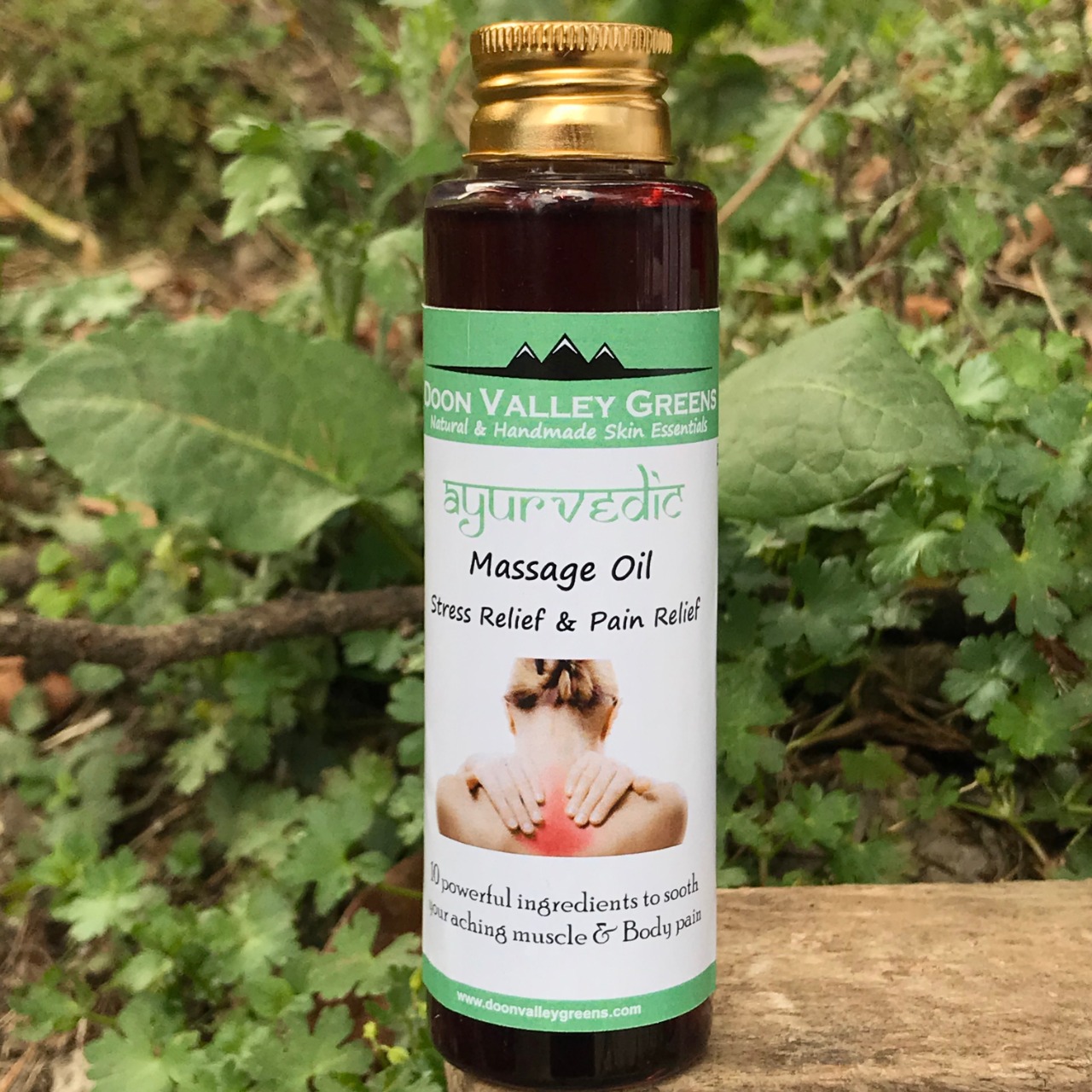POLYSORBATE
Contents
1.2 Physiochemical Properties of Polysorbate:
1.3 Applications of Polysorbate:
1.4 Alternatives of Polysorbate:
1. What is Polysorbate?
Polysorbates are emulsifiers with moderate surfactant characteristics that are typically used to dissolve essential oils in water-based cosmetics. Because oil and water do not naturally combine, you must use a solubilizer or emulsifier to connect the oil and water molecules and prevent the coating of oils on top of your product. Polysorbates are a kind of component that is formed when the sugar alcohol Sorbitol reacts with 20 moles of ethylene oxide. The number after that (usually 20 or 80) relates to the kind of fatty acid connected to this molecule.
1.1 Origin of Polysorbate:
Polysorbate (PS) is a class of amphipathic, nonionic surfactants produced from ethoxylated sorbitan or isosorbide (a sorbitol derivative) esterified with fatty acids.
1.2 Physiochemical Properties of Polysorbate:
Polysorbate yellow liquid that is viscous and water-soluble. This compound’s hydrophilic groups are poly-ethers, commonly known as poly-oxyethylene groups, which are ethylene oxide polymers. The numeral indication after polysorbate refers to the lipophilic component, in this instance oleic acid, in polysorbate nomenclature. Polysorbate 20 is a common emulsifier in cosmetic products. It is soluble in water and alcohol but insoluble in oils. The main difference between polysorbate 20 and polysorbate 80 arises from the fatty acid connected to the poly-oxyethylene sorbitan component of the molecule, which is lauric acid in 20 and oleic acid in 80. Because of the fatty acid imbalance, polysorbate 20 is more hydrophilic and hence has a lower capacity to emulsify water with heavier hydrocarbons than polysorbate 80.
1.3 Applications of Polysorbate:
Polysorbates are also widely employed as emulsifiers in the food sector (salad dressing, ice cream), as well as in cosmetics, medicines, detergents, paints, and plastics. Polysorbate is useful in applications where water and oil must be combined, such as room sprays, but it may also be used to improve the stability and solubility of bath oils, cream preparations, and shower gels /shampoos. Polysorbate, in its natural condition, is harmless sorbitol, which is a sugar alcohol. However, for usage in personal care products, it is treated with ethylene oxide. The term “polysorbate 20” comes from the fact that it is treated with 20 parts ethylene oxide. As a consequence, this chemical is utilized as an emulsifier in cosmetic creams, lotions, cream deodorant, baby oil, sun lotion, and other products. It is used to aid in the mixing of oil and water. It is utilized in a variety of medicinal preparations (for example, vitamin oils, vaccinations, and anticancer treatments) and as a tablet ingredient. While its importance as a contact allergen has waned in recent decades, it is still important as a “hidden” stimulator of anaphylactoid responses.
1.4 Alternatives of Polysorbate:
Some alternatives of polysorbates are mentioned below:
Alcohol: Alcohol is often used as an alternative to polysorbate 20. Alcohol acts as an emulsifier, preventing water and essential oils from separating.
Oils: Because of their emulsifying qualities, certain oils, such as coconut oil and turkey-red oil, may be used instead of polysorbate 20.
Beeswax and Borax: Borax is a naturally occurring alkaline mineral. It is sometimes referred to as sodium borate. When mixed with beeswax, borax acts as a natural substitute for polysorbate 20. The mixture of borax and beeswax causes friction, which leads to emulsification. Beeswax may be used to thicken cosmetic products as well as an antibacterial, healing and softening agent.
Lecithin: Another polysorbate 20 substitute is lecithin. Lecithin, which normally accounts for no more than 3% of a chemical, provides thickness and richness to cosmetic products.
1.5 Safety and Storage:
Polysorbates are non-toxic and non-hazardous when used in the amounts seen in cosmetics and personal care products. However, some people have expressed worry about the presence of ethylene oxide and 1,4-dioxane. Our polysorbate is rigorously processed by our manufacturer to eliminate the chemicals down to 1 part per million, and polysorbates are regarded safe to use as advised. Avoid contact with skin and eyes. Avoid inhalation of vapors or mist. Keep the container tightly closed in a dry and well-ventilated place. Store under inert gas. Moisture sensitive.


No Comments